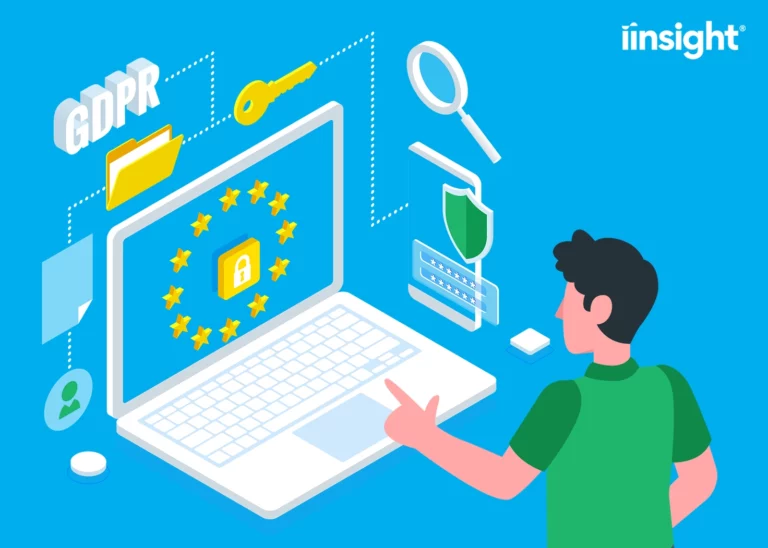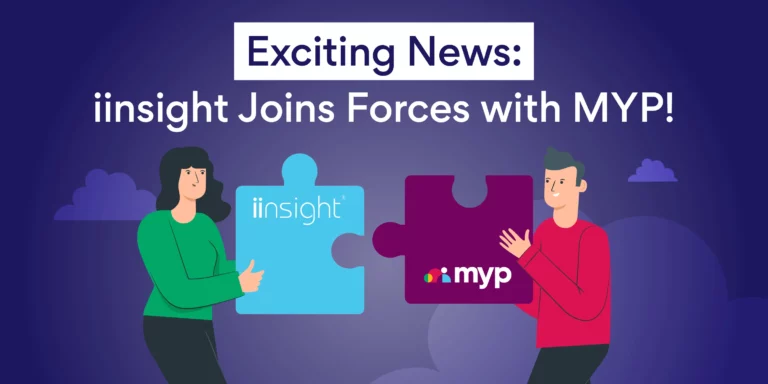With the right management software for kinesiology practice in place, you can improve your practice. Read on to learn how it can help you succeed.
Did you know that independent practices can lose up to 13% of net income due to inefficiencies? Kinesiology professionals provide life-changing services, but your practice can be difficult to manage.
We know how hard it can be to juggle all of the different aspects of running a successful business, especially when you have a lot on your plate. That’s why we created this guide for management software for kinesiology practices. It will help you find the perfect solution that works best for your needs and budget.
We cover what features are important in good management software for kinesiology practices. Whether you’re looking at cloud-based or desktop solutions, there’s something here for you.
Keep reading to learn more.
What to Look For in Management Software for Kinesiology Practice
Management software for kinesiology practices comes with a variety of features. This includes scheduling appointments, handling patient payments, managing files, and much more.
That means there is something here for almost any level of business! Plus, it can handle just about any aspect of your business that needs management.
Take a look at the points below for an overview of what is most management software solutions include. Then read on to learn more about how it can help you succeed!
Some of the most important features include:
- Online Invoicing and Payments
- Convenient Patient Scheduling
- Accurate Reporting
- Seamless Claims Process
- Automated Workflows
Here is why each of these is important.
Online Invoicing and Payments
If your kinesiology business is like most, you receive payments from patients directly.
People pay by check, credit card, or electronic payment. Online invoicing provides the convenience of keeping track of this directly within your software. This helps you build trust with your clients and easily keep track of everything.
It also makes it easy for patients to pay their bills online, making the transactions easy and fast.
Automated Invoicing & Payment
With automated invoicing, your software will automatically send out an invoice each time you fill a patient schedule.
You can customize this process based on whatever payment method you require. This makes it perfect for accepting all types of payments.
Management software for kinesiology practice management comes with a variety of features. These include scheduling appointments, handling patient payments, managing files, and other data, and much more. That means there is something here for almost any level of business!
Plus, it can handle just about any aspect of your business.
Painless Patient Scheduling
It can be time-consuming to book and manage patients.
But with online scheduling, you can schedule an appointment in one quick step. You simply fill out the form, confirm the patient information, and your management software for kinesiology practice will take care of everything else!
The best part? It also works great for walk-ins!
More Convenient Patient Scheduling
You may need the ability to alter patient appointments online as well as reschedule or cancel them. Your management software for kinesiology practice should have this feature available.
Also, if you want to be able to block out certain times for private sessions and appointment types, such as massages and workouts, this is a great feature to have!
Accurate Reporting
Good case management for kinesiology should be able to give you accurate reports on patient scheduling and payments, which helps you manage your practice better.
This way, it’s easy to see who hasn’t been paying and what you need to address. You can even get reports on patient demographics, including gender and age. This is important information that lets you see how your marketing efforts are working so you can optimize them.
Reporting is especially important for a kinesiology practice. This is because you often have to provide reports to insurance companies, so you will need good reporting capabilities without all of the stress.
Seamless Claims Process
A smooth claims process is always valuable.
It’s even better when it’s automatic! That way, your management software for kinesiology practice can handle insurance filings on your behalf so that you don’t have to worry about them ever again. This feature makes the whole process simple and painless, allowing you to focus on what really matters-your patients.
With a simple claims process for your clients, you can make your practice a lot easier for everyone involved.
Automated Workflows
If you need to do things like send reminders or billing alerts when you need to do something, automated workflows are the way to go.
For instance, you can send an automatic email reminder when a patient’s co-pay is due. This helps them to pay in a timely manner and helps you keep track of who needs payment.
These automations will help you save time and keep your practices running smoothly, keeping you on top of things at all times.
Is Management Software Right for My Practice?
This is a question that many people ask.
But the fact of the matter is that it isn’t a bad idea for any type of business, including kinesiology practices. That’s because good software can help you gain a competitive edge over other businesses in your area and those nationwide.
Introducing management software for kinesiologists is a great way to future-proof your business.
You’ll also find that this software makes many of the most tedious parts of kinesiology practice management much easier. Rather than taking up time by trying to manually do these things yourself, you can use this software to make everything run smoothly. It frees up your time and letting you focus on what matters most-your patients.
Get Started With Management Software for Kinesiology Practice
With the right kind of management software for kinesiology practice, you will be able to manage your clinic better than ever before! This includes scheduling, billing, reporting, claims to process, and more.
Whether you are just starting off or if you have been in business for a long time, management software is something that can help your practice run more smoothly and give you more time to focus on your patients.
If you’re looking to transform your business, check it out today with a free trial. You’ll be glad you did.












